The staghorn fern (Platycerium) is a true marvel of the plant world. Named after the distinctive forked fronds that resemble the antlers of male deer or elk, the epiphytic Staghorn fern is native to Southeast Asia and Australia where it grows on the sides of trees, cliffs, and rocks. There are eighteen known species of Platycerium, in addition to many varieties and hybrids. Here we focus on the anatomy of, recommended care, and how to display the Platycerium bifurcatum, a beloved specimen to both indoor and outdoor plant enthusiasts.
Features of a Staghorn Fern
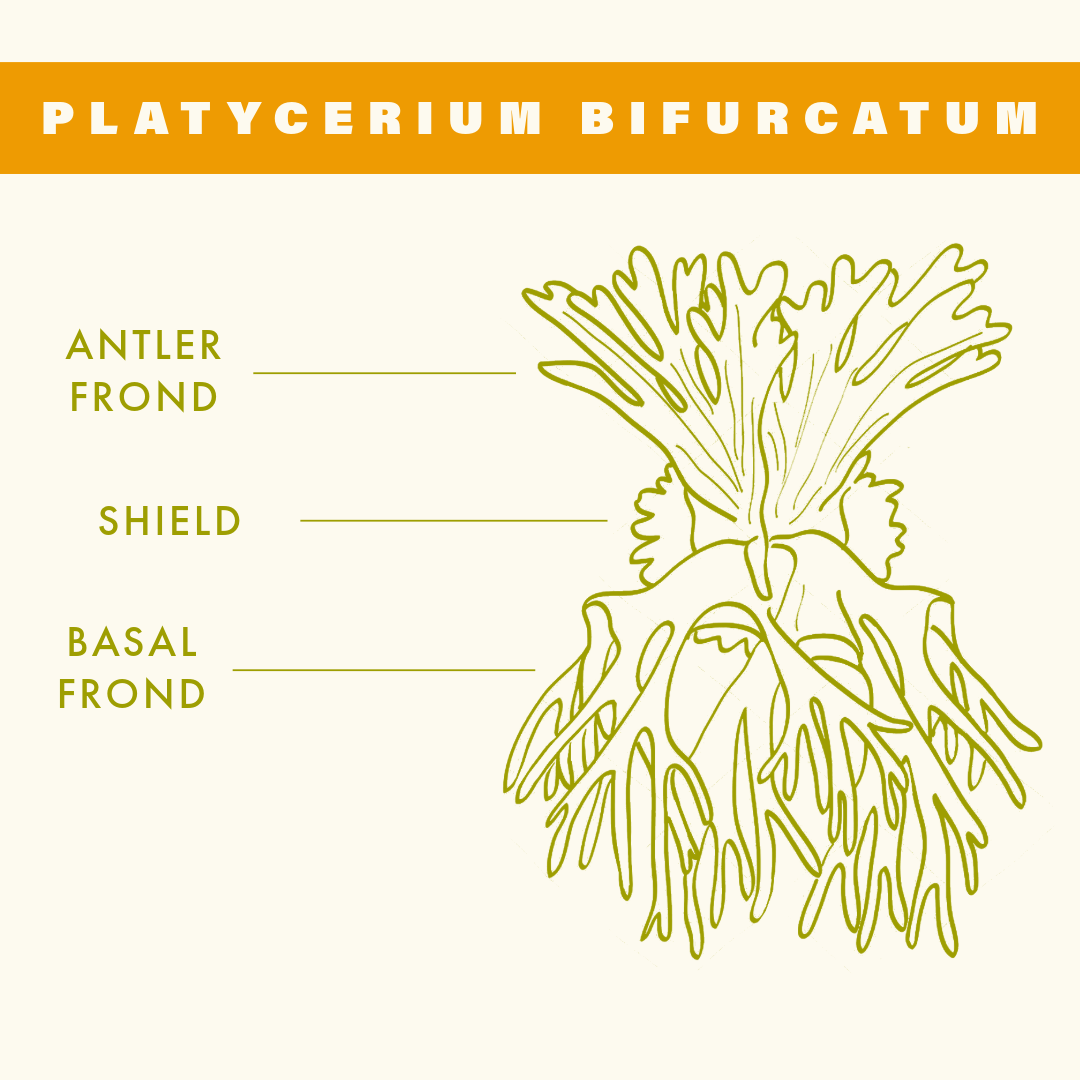
Like air plants, the staghorn fern is an epiphyte, attaching to trees and other structures with its roots and obtaining moisture and nutrients from the air. It consists of two types of fronds, basal, and antler, along with a shielded root crown containing roots and rhizomes – hidden, rootlike stems. The basal fronds are the lower leaves that shield and protect the root crown and help it to maintain moisture. These fronds are infertile and will turn brown with age. The antler fronds are the green, forked upper leaves that grow outward from the crown and reach up to three feet long. These fronds are fertile, containing brown, felt-like reproductive structures called sporangia on the tips' underside. The staghorn fern's clumping capability is impressive, with its rhizomes continuously producing pups that mature into a colony of plants creating a remarkable display of the species!
Care, Watering, and Maintenance
While staghorns have evolved to thrive in specific tropical conditions, they can acclimate well to life indoors or outdoors with the proper care. Temperature, humidity, and lighting are the most important factors in deciding where and how to display the staghorn fern. They thrive in warm temperatures between 65℉ and 80℉, moderate humidity, and bright, indirect sunlight. When kept outside, be sure to protect the plant from extreme temperature fluctuations, and remember to bring it inside during colder months when temperatures start to drop below 50’s℉. Staghorn ferns can live outside permanently in USDA zones 9a and warmer. Filtered or dappled sunlight is best, avoiding direct sunlight as it can scorch the fronds. In areas with high humidity, some direct sunlight can be tolerated throughout the day although the plant will also require more thorough and frequent hydration. When watering the staghorn, soak the mounted fern in a basin or shower until water runs through the bottom. Focus on soaking the basal fronds and crown and allow the plant to dry completely before rehanging.
Staghorn ferns can easily rot so it is important to water thoroughly but infrequently, letting the top 1-2 inches of the crown dry out between waterings. The mounting medium must stay moist but not soggy. Staghorns appreciate high humidity and good air circulation. Regular mistings may be necessary to provide sufficient humidity when displaying the plants indoors and during dry seasons.
To maintain a healthy and equally attractive staghorn fern, trim away any wilted, brown, or dead antler fronds and prune any that have grown too large and are obstructing each other. Any brown basal fronds should be kept in place, even if they appear dead, as they will fall off naturally with time. You may notice white, fuzzy substances along the antler fronds. These are called trichomes and are essential for slowing transpiration (the exhalation of moisture) so be sure not to wipe away these structures.
With time, the staghorn fern will produce new offshoots or ‘pups’, similar to Tillandsia, which can be left to form a large mounted or suspended clump, or they can be propagated. If you decide to separate the pups to mount or replant, make sure each piece has both basal and antler fronds along with its roots. Nestle the cuttings into a potting medium, such as sphagnum moss, and keep them warm and moist until they are well-established. Allow ample time for the staghorn ferns to adjust and root, they are slow growers but worth the wait!
Displaying

One of the biggest draws of the staghorn fern is the multitude of ways you can show off its unique form! Loosely pot the plants in a free-draining mix like sphagnum moss and orchid bark or hang them in baskets. To create a striking symmetrical form, try hanging the clumping ferns from a sturdy tree branch with a rope or chain. Mount on a tree trunk to mimic its natural habitat or display it on the wall of a porch or lanai. Our staghorn ferns come pre-mounted on a cedar plank for a quick and easy installation. During colder months, or if you prefer to keep your fern inside, be sure to hang, mount, or pot your staghorn where it can be admired while also receiving proper lighting. Try to avoid moving the plant frequently, however, as staghorn ferns are quite sensitive to environmental changes. No matter how you display your staghorn fern, it is sure to be an eye-catching, rewarding, and captivating piece for your home or garden!


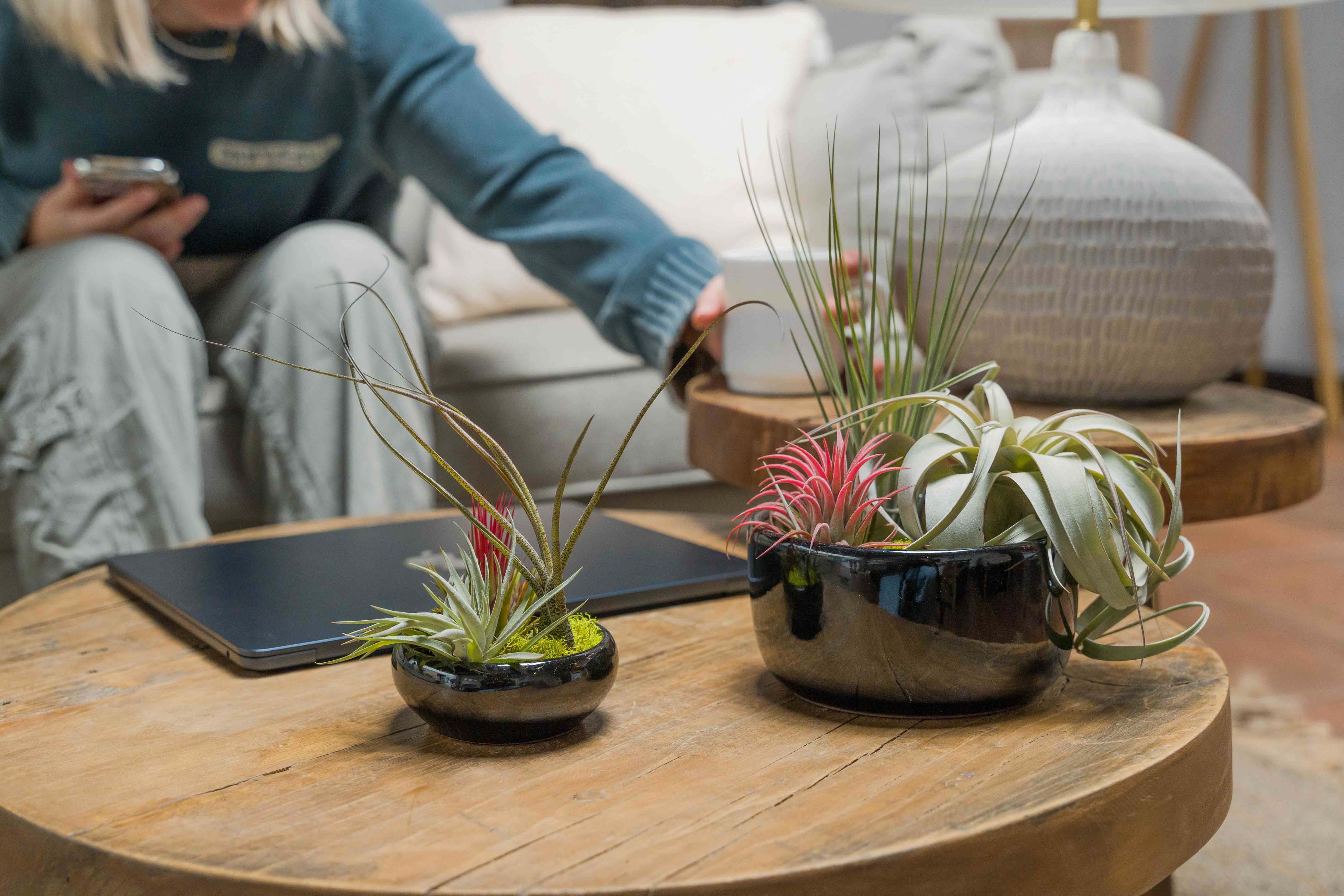
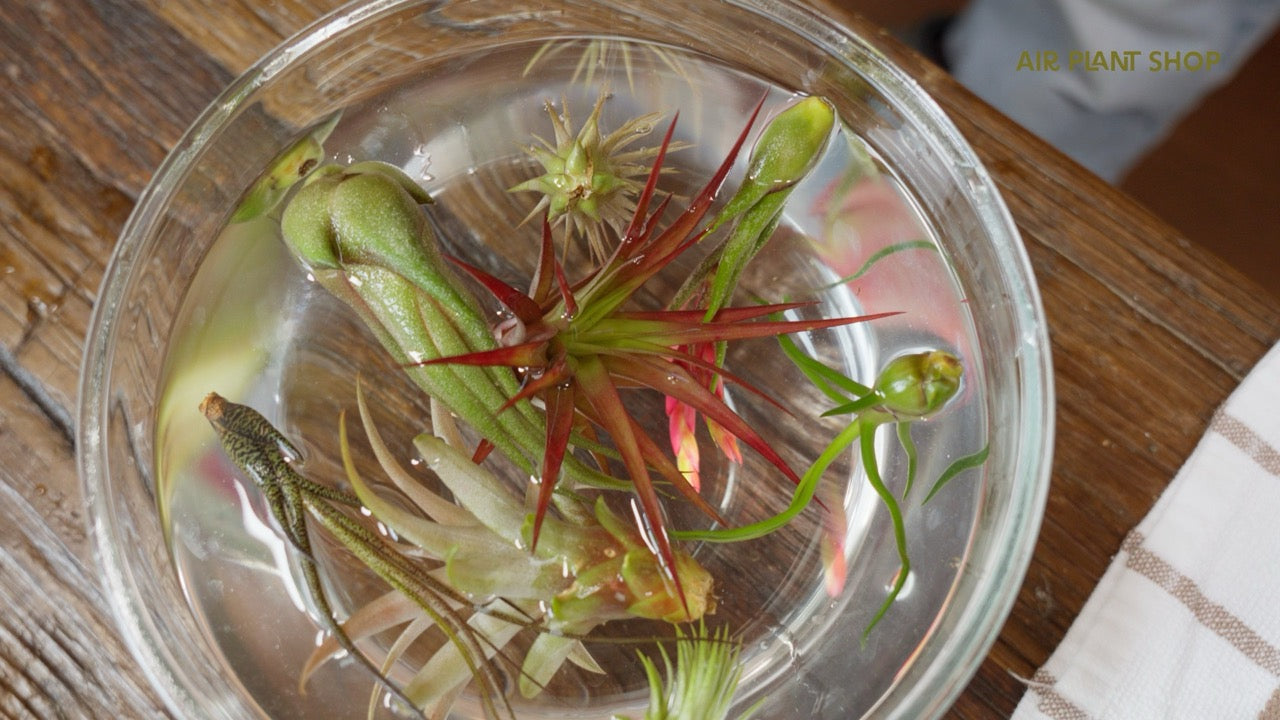

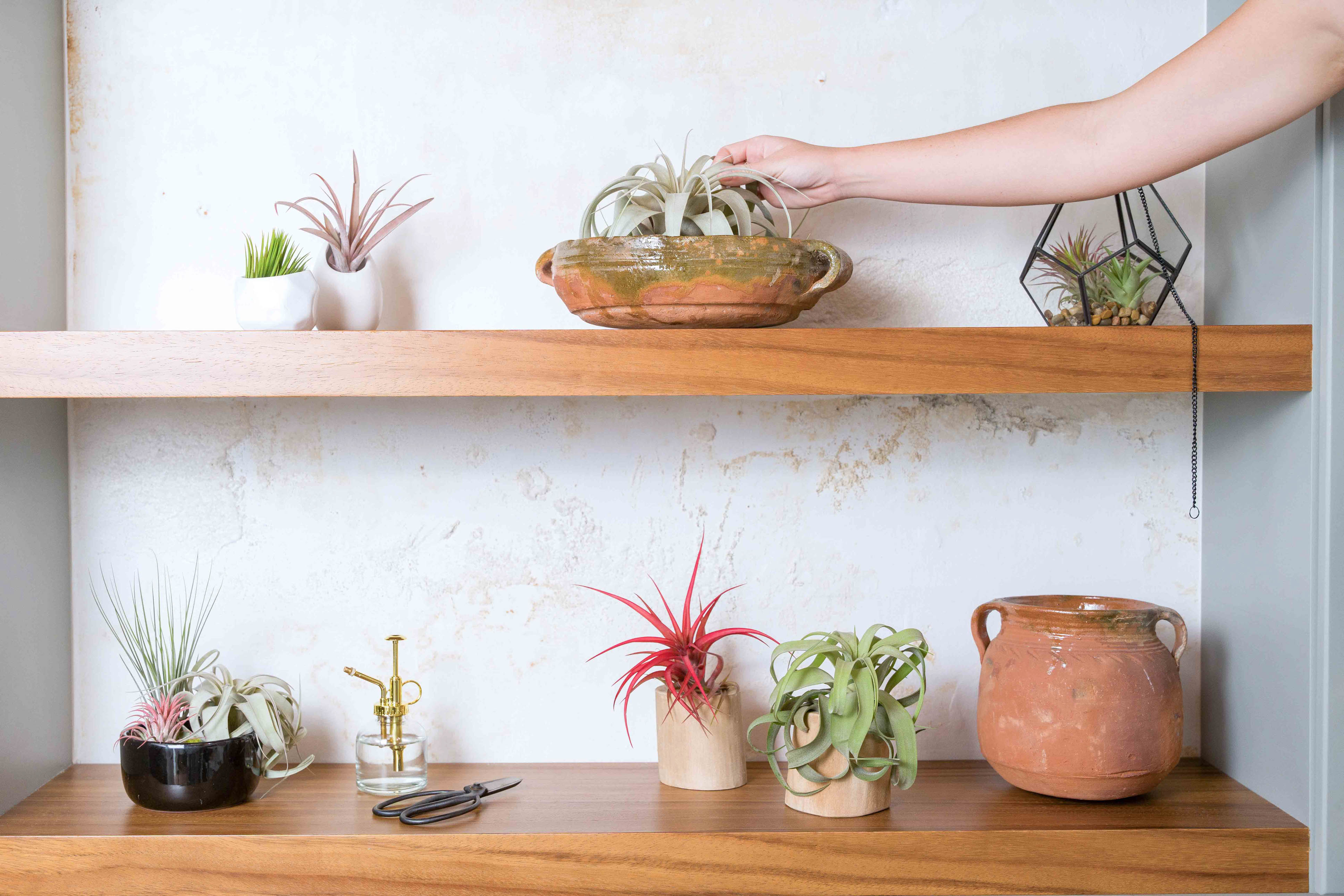

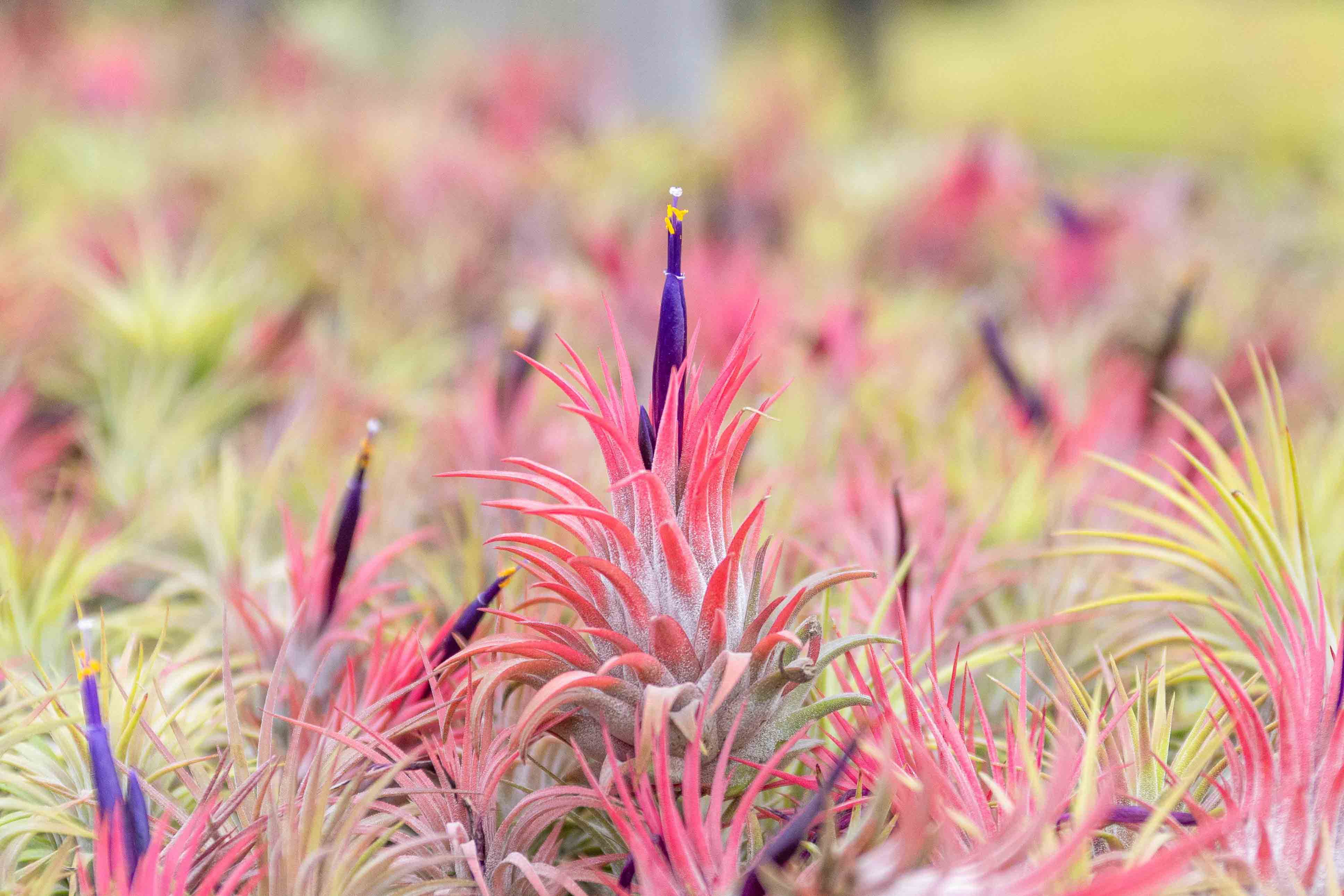


Leave a comment